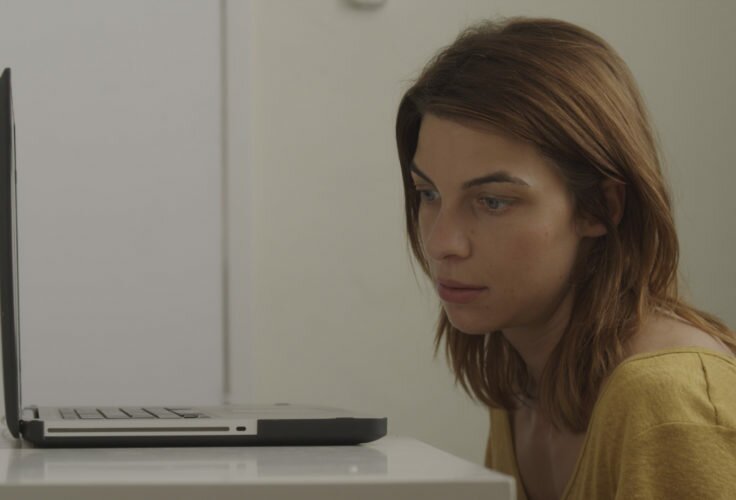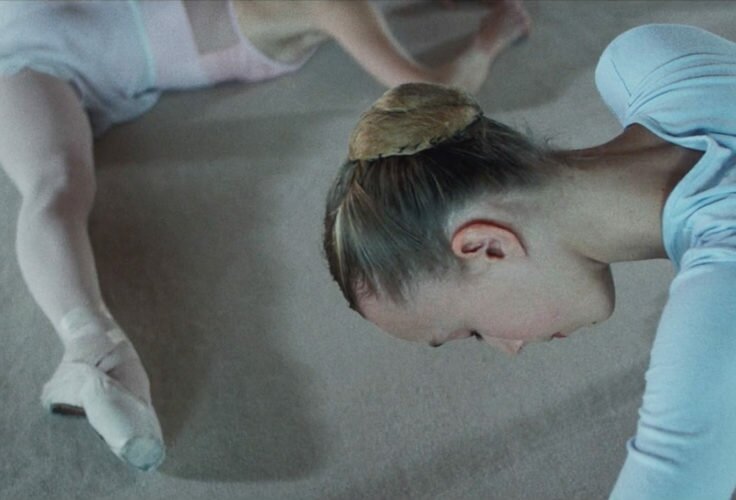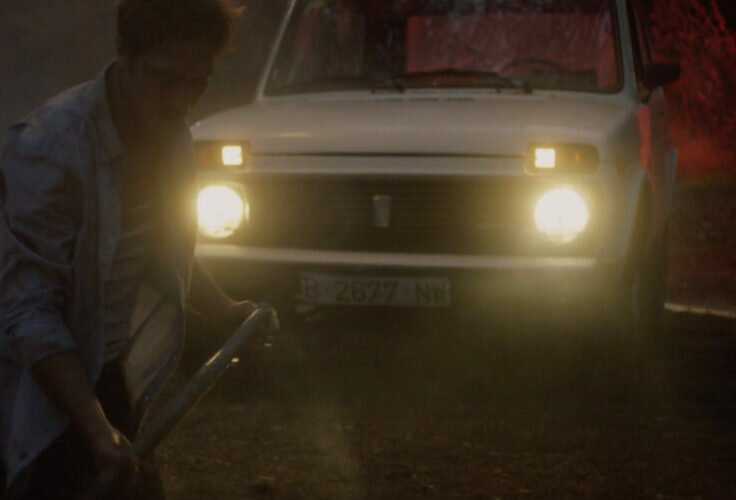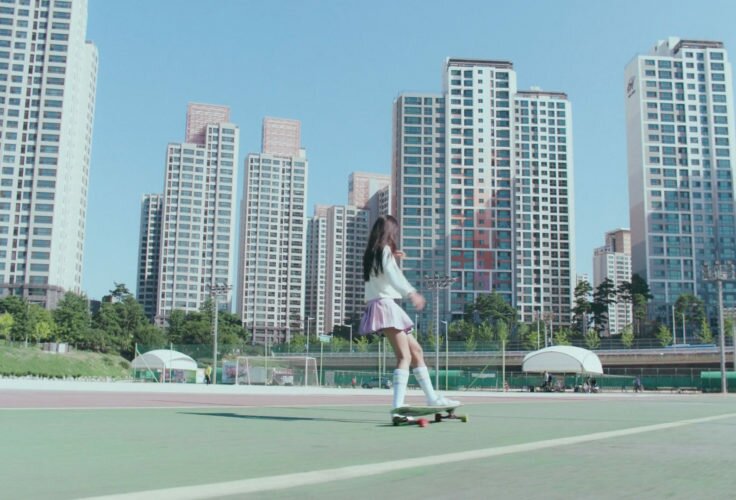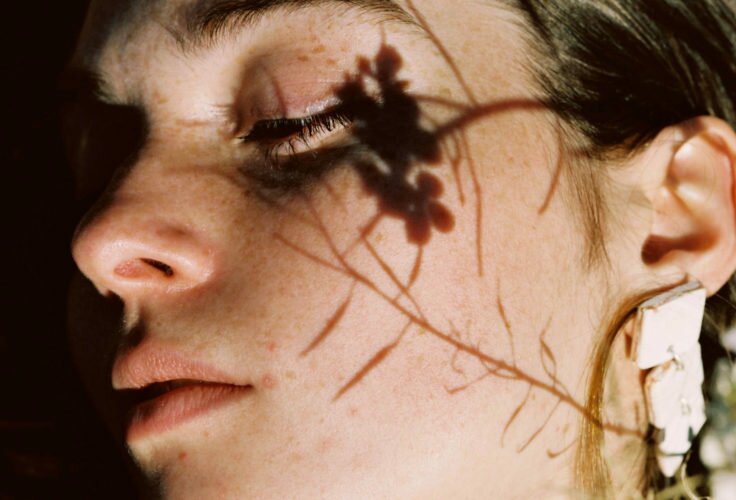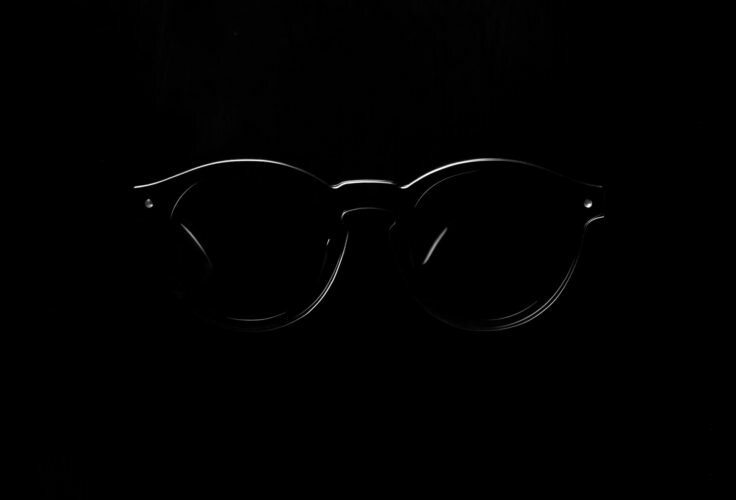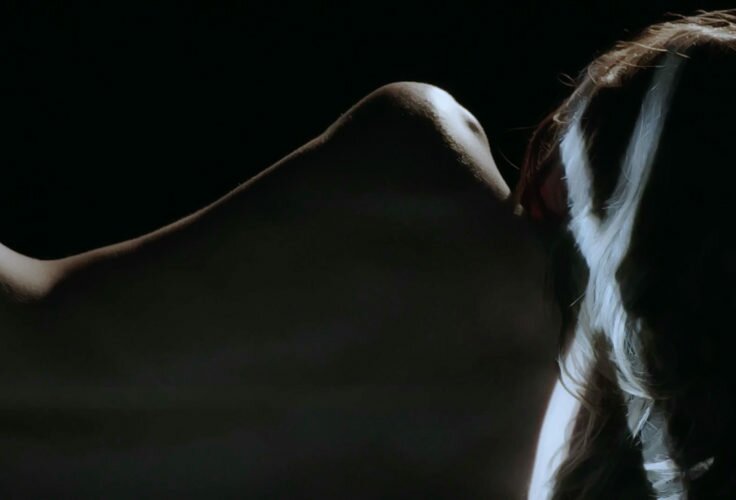Drake ha hecho un videoclip sobre recibir un tartazo en la cara, Child’s Play. Tyra Banks es la lanzadora. Y Ben Tuthill el testigo.

At some point in the past year, depictions of young women taking selfies exited and became an incontrovertible part of everyday life. This became obvious to me was when Ariana Grande released her video for last November and I didn’t notice that she and her back-up dancers were holding phones in front of their faces until they replaced them for trumpets in the last thirty seconds. If Focus was supposed to be some sort of tongue-in-cheek Gen-X+ commentary on Millennial self-obsession, its message was lost on its target audience. Someone taking a selfie while going about their day-to-day activities isn’t remarkable anymore. It’s about as subversive as .
– Carly
Rae Jepsen vs.
*Cybertwee




The latest in what seems like a never-ending series of selfie-themed music videos is clip for Carly Rae Jepsen’s Boy Problems. Collin’s video takes place in a visual era that in the mid-Noughties we called the Eighties and that we now call the Nineties and that I’m increasingly convinced never existed outside of video flashbacks. Rich colors killed by soft focus, smokey dances, giants hair bows, equal parts and . The joke of course is that everyone in Boy Problems is holding some sort of Apple product. Carly starts things off in her storm-lit bedroom pouting over a tablet. Later takes a posthumous selfie of her corpse lying in a coffin. The closing shot features a group of Carly’s friends dancing to themselves, most of them holding phones. All of this of course is undercut by the fact that the video is filmed with a lens that looks like it was processed on something that I would need a TV with a built-in VCR to play.
The rational part of me wants to interpret these anachronistic clashes as ironic, but that’s not how I experience them at all – it all just feels normal. The entire audiovisual history of pop music is playing all around me at all the time. The fuzz-glow aesthetic receives just about as much playtime in 2016 as it did twenty (or thirty) years ago. All of this is possible because of the pervasive presence of 21st-century information technology. My relationship with my phone, in short, has made it possible to pretend that I live in a world before phones even existed.
If anything, Boy Problems is a reclamation of what has become the most hated aspect of millennial life. Self-obsession and self-affirmation have become more or less synonymous – cultural thievery has become an essential part of both of them. It naturally follows that the device that makes all of that happen has become an extension of essential millennial identity. To take an unashamed selfie has become a means of reclaiming power from an undeniably restrictive patriarchy. The selfishness that previous generations were too afraid to claim has been seized as a powerground for a new cohort of revolutionary young women.
The word that the internet in its infinite capacity for neologisms has granted to this phenomenon is “cybertwee”, an aesthetic movement mostly based in an where members post pictures of pink cellphones and sparkly GIFs. Cybertwee claims to endorse “softness” as its primary virtue, but one of its pervasive aesthetics, at least in recent months, has been the celebration of feminine branded corporate products. Perhaps it’s biggest news story to date was the 2016 adoption of the notably soft Rose Quartz and Serenity as Pantone’s color(s) of the year. You could call that affirmation of a corporate co-option naive, but the DGAF attitude toward that naiveté -that trans-meta-irony, or something- is exactly what cybertwee is all about (the aforelinked article about capitalist exploitation was, in fact, posted to the Cybertwee page).
CRJ’s video got posted to the Cybertwee page too. In many ways she’s the ideal cybertwee figure, a neo-feminist pop mystic who has no qualms about diving headfirst into the bloodfield of contemporary pop music (“driving the speed limit on the zeitgeist”, as Pitchfork grandiosely labeled it). Her music is inane, but to call it that feels like an affront to a (particularly feminine) youth culture that until recently no one took the time to understand. Boy Problems grounds itself in a “girly” aesthetic, channels itself through what most adults consider abominable manners, and offers little to no insightful commentary on either. It’s aggressively “soft” and inspiringly solipsistic. In the end it’s neither the aesthetic nor the technology that are celebrated, but the identity that somehow manifests itself through both of them. It treats a selfie with a hairbow and a Crema filter as an insurrectionary act.
I don’t really know where we’re supposed to be getting with any of this. Kim Kardashian’s Selfish may be the Sistine Chapel of our generation, but that doesn’t mean that it represents a particularly healthy attitude toward identity. Self-affirmation as aided by mass-market devices made by labor abuse and paid for by the consensual theft of privacy -let’s not waste time parsing realities here- is maybe not the blessing we’ve tried so hard to convince ourselves that it is. It certainly frees us from a certain kind of oppression, but I wonder how well it will serve us if and when the real world on the other side of the camera screen stops being quite so comfortably boring. Selfies, soft glow, , panoptic parodies of liberation – all things to consider as we push against the speed limit into the increasingly brave new world of the 21st century.







